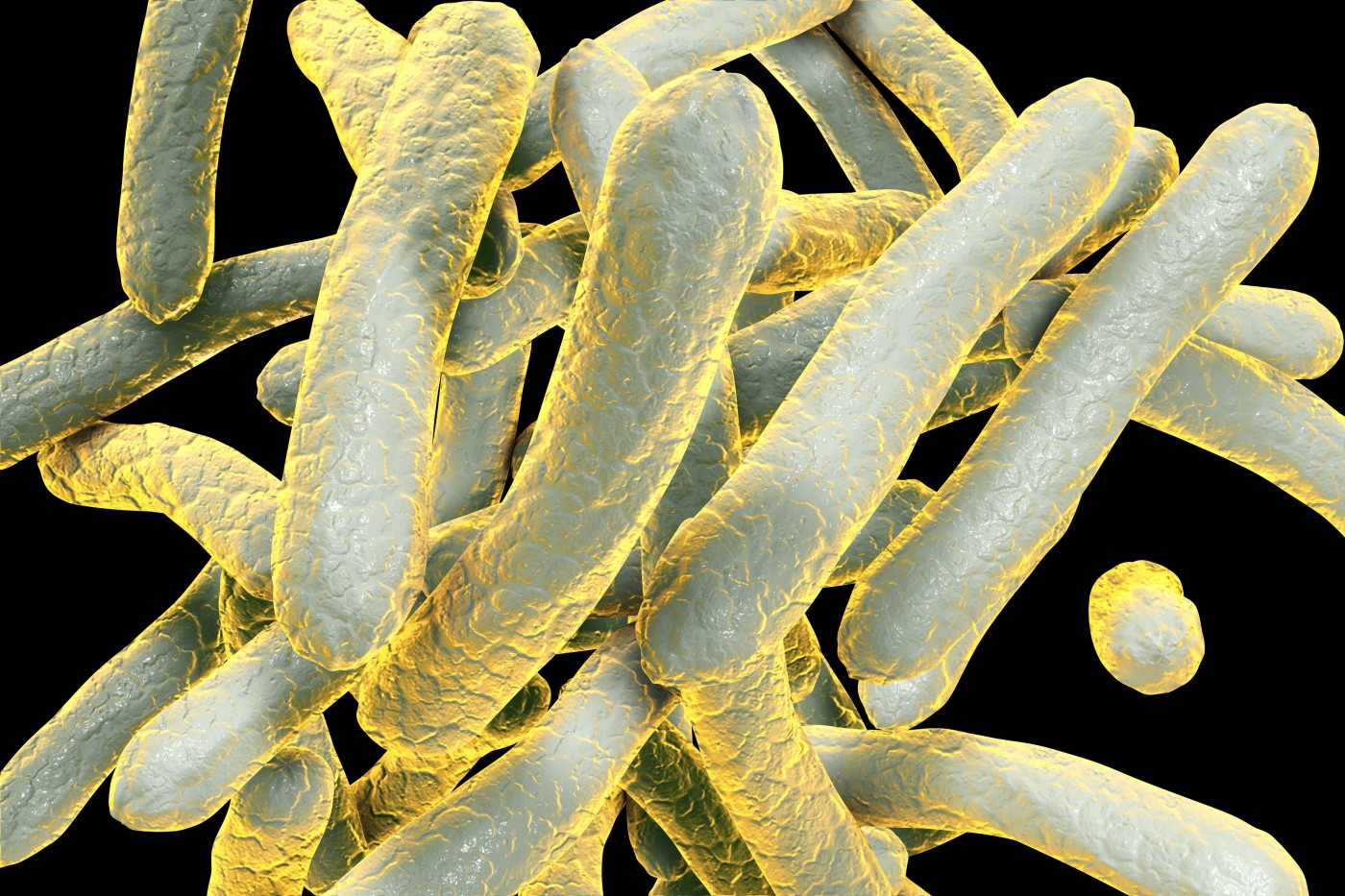Receptor That Recognizes Infections May Trigger Pulmonary Sarcoidosis
Written by |

Researchers recently linked pulmonary sarcoidosis to a receptor activated during certain infections that may contribute to disease development via the release of an inflammatory factor in immune cells.
The study, “Functional Toll-Like Receptor 9 Expression and CXCR3 Ligand Release in Pulmonary Sarcoidosis,” was published in the American Journal of Respiratory Cell and Molecular Biology.
Scientists have still not figured out why people develop lung sarcoidosis, but they suspect that bacterial infections such as Mycobacterium tuberculosis and Propionibacterium acnes may be triggers.
Using bronchoalveolar washing fluid taken from patients with pulmonary sarcoidosis, researchers from the University of Freiburg analyzed the presence of receptors involved in recognizing microbes and inflammatory mediators. They also studied tissue samples taken during bronchoscopy.
The analyses showed that cells isolated from the lung washing fluid had increased numbers of NOD2 and TLR9 receptors compared to controls. Other similar receptors were not affected.
The team divided patients according to sarcoidosis type determined by chest X-rays or by sarcoid clinical activity classification (SCAC, based on the clinical onset and progress of the disease). While NOD2 was found in very low numbers, TLR9 was increased in patients with SCA class 1 sarcoidosis which indicated acute onset without the need for treatment.
Other analyses showed that TLR9 gene activity was increased in patients with chest X-ray type 1 and type 2 sarcoidosis compared with type 3 and control individuals. In contrast, protein levels of TLR9 were highest in patients with X-ray type 2 and 3 disease.
Because smoking might activate lung immune cells (macrophages) to produce TLR9, the team also compared amounts of TLR9 between non-smokers, current smokers, and ex-smokers. They could not find a statistically significant difference.
TLR9 can also be found in lung tissue, so the team looked for the same differences in lung tissue samples. Researchers found TLR9 in 80% of the patients’ samples: in all six patients with X-ray type 1 disease, in 83% with chest X-ray type 2, and in 67% with chest X-ray type 3.
Exposing isolated cells to conditions resembling infections with intracellular bacteria revealed that the cells produced more of an immune factor called CXCL10. Researchers concluded that TLR9 likely triggers the inflammation of lung alveoli via the actions of CXCL10.
“Our data demonstrate that TLR9 ligands may contribute to the immunopathogenesis of sarcoidosis via induction of CXCL10 release in the alveolar macrophages,” the team wrote in the report.





